Consumer Response key to Effectiveness of Mobile Ads
Consumer engagement, high creative impact and right brand association are the hygiene factors of a good communication, be it on print, TV or mobile. Talking specifically of mobile, marketers and media professionals have begun to appreciate that ad format matters – and that the ads that work the best on mobile are the ones that render well on the mobile devices, and are able to capture the attention of continuously scrolling consumer.
Video, at the moment, seems to have captured the marketers fancy due to its high consumer engagement quotient. A recent InMobi report indicates that India is the fourth largest consumer of mobile video ads globally – mobile consumption has grown by 124% YoY. Vasuta Agarwal, VP and GM - India and South Asia, InMobi expresses, “From our recent consumer research through InMobi Pulse, majority of smartphone users prefer full screen and video ads. Mobile video is known to drive 3X higher engagement than static formats and 2X better conversions. Thus, mobile video has become the preferred format for branding and performance alike.”
A more recent change has been the introduction of vertical videos. Bringing in more ease for the consumer as he/she does not require to rotate the phone to view the video. Rohan Mehta, Co-Founder & CEO, Social Kinnect believes that vertical format is ideal for optimal storytelling and engagement. He says, “Globally, more than 70% of YouTube watch time happens on mobile devices and the vertical format makes it comfortable and easier for viewers to grasp the message of the ad. It is important for brands to adapt to consumers’ viewing behaviour for better engagement. Vertical as a format was first launched by Snapchat and it became hugely popular with the launch of Instagram stories.”
While there is a lot of buzz around video ads and a series of innovations and improvisations are taking place, static ads too are making a comeback. Creative excellence and short copy being name of the game here. Harshil Karia, Founder & Managing Director, Schbang comments, “We are entering a time now where brands are finally seeing the results of focusing on quality craftsmanship on their static ads vs a mad rush for quantity. The emphasis by brands on treating their digital statics as 'print ads' has brought the spotlight back on the copywriter and art director. Only this time, he/ she is on the pulse of trends faster with an array of tools easily available for more creative effectiveness.” He adds, “The creation of 'share' button and mushrooming of multiple Whatsapp groups has brought this form of creative more in vogue.”
Interestingly, while brands don’t often change their brand communication based on the broadcast channel they are on, digital requires them to change the ad format to be the best fit for a specific platform. And it is not only about rendering of ad on mobile or desktop. Shradha Agarwal, COO, Grapes Digital rightly says, “Ad formats on mobile completely depend on the platform you are using. For example, on social platforms like Instagram and Facebook - carousels, videos and stories are garnering higher CTR and on Youtube instead of truview, ‘Youtube for action’ drives higher CTR. On websites 300x250 or 320x480 which are bigger banners drive better performance.” She, however, stresses upon the fact that whatever be the format, ultimately what makes an ad stand apart is the creative excellence.”
Prasad Shejale, CEO, Logicserve Digital endorses, “Every ad type has its own pros and cons and the results also vary basis the brand requirements, expectations, budget, goals and other such factors. “
While most mobile advertising might find its root in broadcast advertising, a few are from the print lineage. However, by virtue of screen being small and the consumer scrolling at a speed most of the time, pausing only if anything captures his/her attention, has brought in a renewed focus on creative excellence. Kaizad Pardiwala, President & COO, The 120 Media Collective sums it up well, “Given that mobile screen is a constant thumb scroller, it is important for the creative and ad format you select to be arresting enough to be thumb stopping.” He points out that Interstitials, more so if those are videostitials, video ads between 15 to 30 seconds and expandables, as they help overcome banner blindness, work the best.
Would these be the formats of mobile advertising in years to come or is innovation and experimentation to deliver even better brand communication is on its way. This and more would be discussed and deliberated at TMMS 2018.





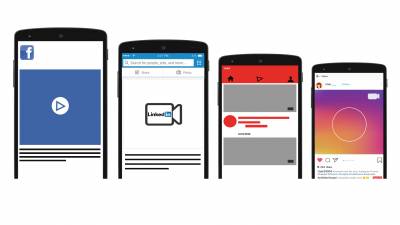

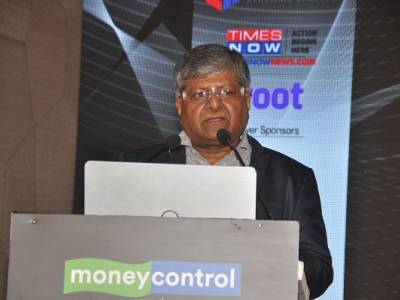
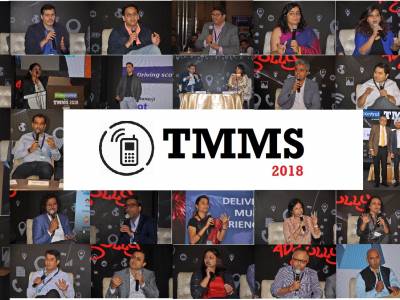
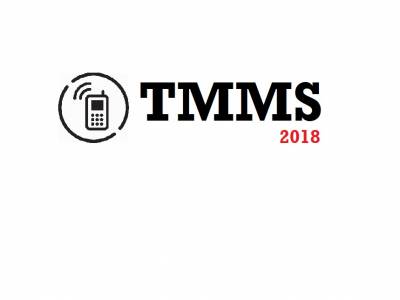



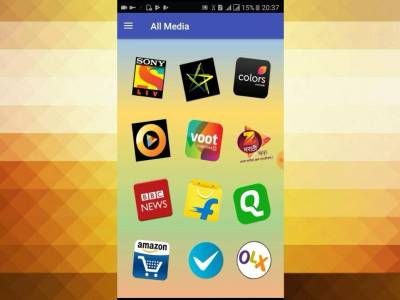
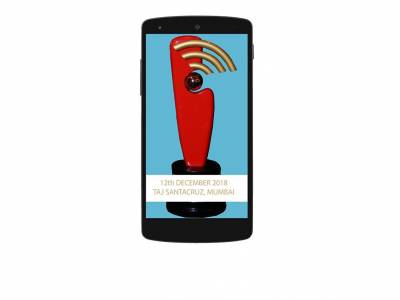






Share
Facebook
YouTube
Tweet
Twitter
LinkedIn